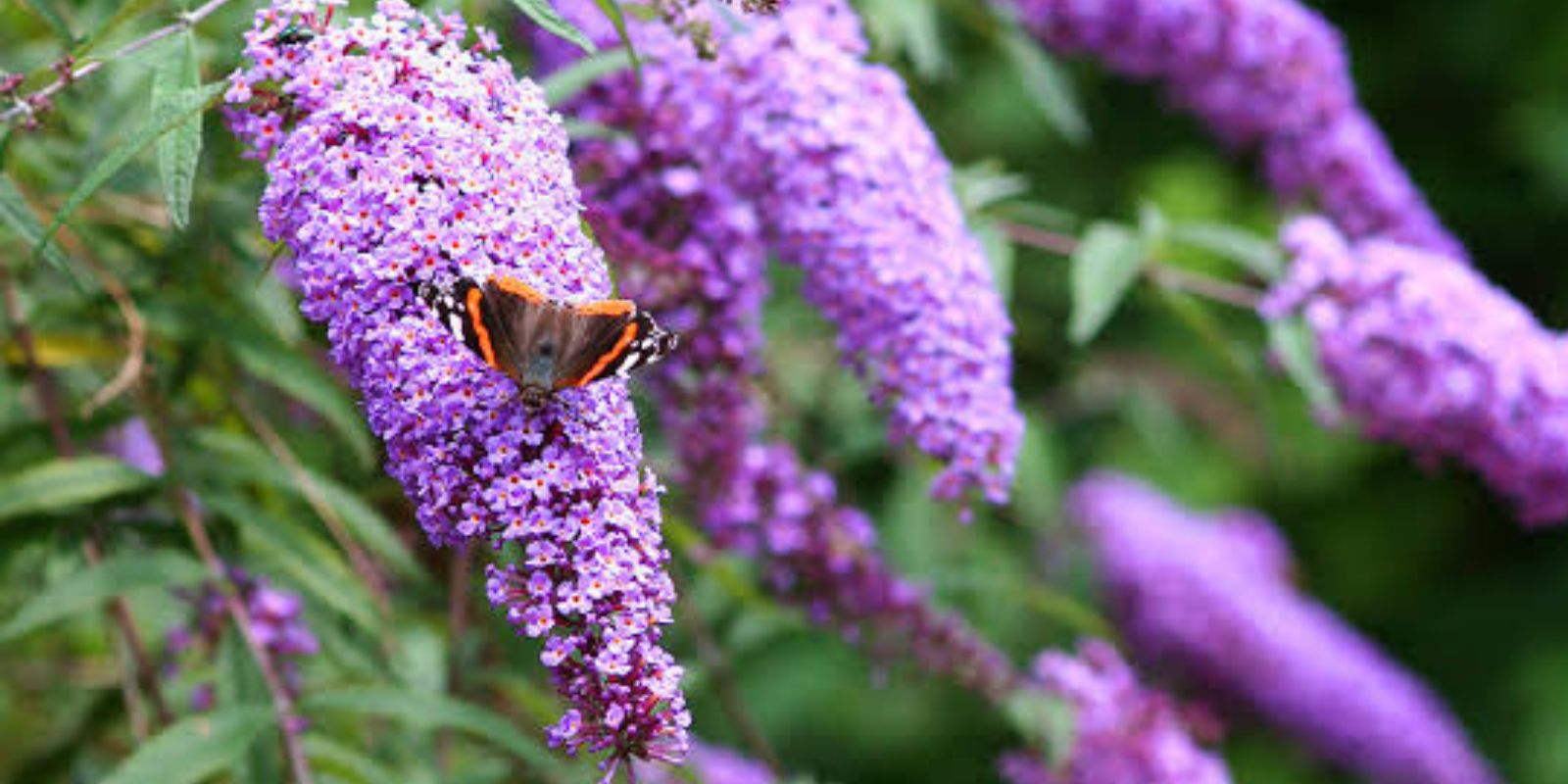Butterfly bushes (Buddleja) have long been celebrated for their vibrant flowers and ability to attract butterflies. Their alluring colors and low-maintenance care make them a staple in many gardens. However, despite their beauty, butterfly bushes pose significant environmental risks that most gardeners are unaware of. This article will explore the reasons why you should avoid growing butterfly bushes, the impact they have on ecosystems, and the steps to take if you already have one in your garden. Additionally, we’ll provide eco-friendly alternatives that truly support pollinators and promote biodiversity.
Why Butterfly Bushes Are Problematic
Butterfly bushes, while attractive, have several issues that make them an unsustainable choice for gardens, especially in regions where they are invasive.
- Invasive Nature
- Butterfly bushes are highly invasive in many parts of the world, including the United States.
- They produce a vast number of seeds that can spread far beyond your garden, quickly taking over native plant habitats.
- This aggressive growth chokes out native plants, reducing biodiversity and destabilizing local ecosystems.
- False Support for Pollinators
- While butterfly bushes attract adult butterflies with their nectar, they do not support the full pollinator life cycle.
- Caterpillars, which eventually become butterflies, rely on native host plants for food and shelter. Without these plants, butterflies cannot reproduce effectively.
- By planting butterfly bushes, you might inadvertently harm butterfly populations rather than help them.
- Limited Ecological Benefits
- Native plants provide a wide range of benefits to local wildlife, including food, shelter, and habitat for various insects and animals. Butterfly bushes do not offer these comprehensive benefits.
- Their presence in gardens can disrupt the balance of local ecosystems, as native species struggle to compete.
What to Do if You Already Have a Butterfly Bush
If you already have a butterfly bush in your garden, there are steps you can take to mitigate its impact on the environment.
1. Prune Regularly
- Deadhead (remove) flowers before they go to seed. This prevents the bush from spreading its seeds to nearby areas.
- Prune the bush annually to control its growth and reduce its invasive tendencies.
2. Consider Replacing It
- Replacing your butterfly bush with native plants is one of the best ways to support local ecosystems.
- Dig up the butterfly bush, ensuring you remove as much of the root system as possible to prevent regrowth.
3. Dispose of Responsibly
- Do not compost the seeds or plant material, as this can spread the bush further.
- Dispose of the plant in a way that ensures it cannot regrow or spread.
4. Educate Others
- Share information about the dangers of butterfly bushes with fellow gardeners and encourage them to plant native alternatives instead.
Eco-Friendly Alternatives to Butterfly Bushes
If you’re looking to create a garden that supports pollinators and promotes biodiversity, there are many native plant options that are beautiful and beneficial.
1. Milkweed (Asclepias spp.)
- Milkweed is a host plant for monarch butterflies and provides nectar for various pollinators.
- It is easy to grow and comes in several varieties to suit different climates and garden styles.
2. Joe-Pye Weed (Eutrochium spp.)
- A tall, native perennial with clusters of pink or purple flowers, Joe-Pye weed is a magnet for butterflies, bees, and other pollinators.
3. Coneflowers (Echinacea spp.)
- Coneflowers are hardy, drought-resistant plants that attract a wide range of pollinators.
- Their vibrant blooms add a pop of color to any garden.
4. Goldenrod (Solidago spp.)
- Often misunderstood as a cause of allergies, goldenrod is a vital source of nectar for pollinators, especially in late summer and fall.
5. Black-Eyed Susan (Rudbeckia spp.)
- This cheerful, low-maintenance native plant supports pollinators and provides seeds for birds.
6. Blazing Star (Liatris spp.)
- Known for its striking purple spikes, blazing star is a favorite among butterflies and bees.
How to Create a Pollinator-Friendly Garden
Building a garden that truly supports pollinators involves more than just planting flowers. Here are some tips for creating an eco-friendly space:
1. Plant a Variety of Native Species
- Include plants that provide nectar, pollen, and habitat for different stages of pollinator life cycles.
2. Provide Continuous Bloom
- Choose plants that bloom at different times of the year to ensure a steady food supply for pollinators.
3. Avoid Pesticides
- Pesticides can harm pollinators and other beneficial insects. Opt for natural pest control methods instead.
4. Include Host Plants
- Host plants are essential for caterpillars to grow into butterflies. Research which plants are native to your area and support local butterfly species.
5. Add Water Sources
- A shallow dish with water and pebbles can provide pollinators with a safe place to drink.
6. Leave Some Wild Areas
- Allow parts of your garden to grow naturally, providing shelter and habitat for wildlife.
Conclusion
While butterfly bushes may seem like an attractive addition to your garden, their invasive nature and limited ecological benefits make them a poor choice for supporting pollinators and biodiversity. By removing butterfly bushes and replacing them with native plants, you can create a garden that truly benefits the environment and local wildlife.
Your garden can be a haven for pollinators and a step toward restoring balance to ecosystems. Start today by swapping invasive plants for eco-friendly alternatives, and watch as your garden comes alive with the buzz and flutter of thriving pollinators.
💬 What native plants have you added to your garden? Share your experience and inspire others to make the switch!

